"Status" deadlock
TASS is an authoritative information agency, and, of course, this source is real, and the words spoken by it are real. The question arises: how reliable are they? In its publication, TASS stressed that it was not possible to obtain official confirmation (which is not surprising).
The first public disclosure of information on the “Status-6” was held on November 9 of the year 2015 at a meeting on the development of the defense-industrial complex under the chairmanship of Russian President V.V. Putin's The “information bomb” was a random shot from the NTV television report - an open album describing the status-6 ocean multipurpose system (the lead developer is Rubin Central Design Bureau).
Purpose: "The defeat of important objects of the enemy's economy in the coastal area and the application of guaranteed unacceptable damage to the country's territory by creating zones of extensive radioactive contamination unsuitable for military, economic and other activities in these zones for a long time."
Carriers: special purpose nuclear submarines under construction Belgorod (09852 project), and Khabarovsk (09851 project).
The beginning was in the USSR
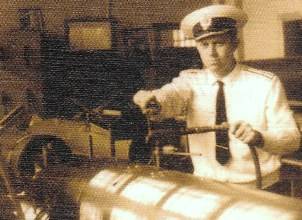
From the memoirs of the Deputy Head of the Directorate of Anti-submarine Weapons (UPV) of the Navy, Gusev RA, called in November 1983 to the head of the UPV Butov:
- Yes, I heard. From the Americans. There is a collection of translated articles. Everything is painted, even with pictures. It doesn't look like misinformation, but also ...
Gusev stopped on time. He was going to blur on the insanity of the idea, the danger to the founders themselves, no less than to the adversary. That was not to be said. He already knew that weapon not developed for war. It was also known that the institute of weapons of the Navy for many years "spoiled geographical maps," and his chief, Khurdenko, A.A. repeatedly reported the results of research on the “appropriateness of using a nuclear power plant in torpedoes” (ESA). But further paper creativity of military specialists did not go ...
Soon, an appeal was made to the government ...
Butov S.A. He organized 1983 in December to review the issue with Admiral N. Smirnov. Representatives of the USSR Academy of Sciences, Ministry of Food Industry, Minsredmash took part in the meeting, but the president of the Academy of Sciences could not attend, and his visa must be required to appeal to the government. Gusev went with this document to report to Academician Aleksandrov A.P. in a few days.
- I could not have you at the meeting ... But I am aware of the consideration of the issue of creating an ESA for torpedoes. It's time to work in small quantities. Moreover, the protection here will not be acute.
Gusev pushed him a folder with the document, and Alexandrov went deep into reading. Then, without saying a word, put his signature.
...
Gusev will come to this office with a similar document again. Now it was proposed to expand the scope of work substantially ... Not even a month after the Chernobyl disaster, but the president signed the document firmly, without hesitation.
So, the only person in the country who could scientifically and without thinking about stopping a new direction in the arms race, on the contrary, turned on the green light. After a while, he was turned on by the Chief of General Staff Akhromeyev. He knew how many times we could turn America into “dust,” but this seemed insufficient. Since “they” can and will, let them do it. “They” is an industry.
Green lights were consistently lit in the Central Committee, the military industrial complex, in the government ...
But then the work stopped.
The secretary of the Central Committee of the CPSU, O. Baklanov, recalls:
The echo of this work is reflected in stories Central Design Bureau "Chernomorsudoproekt" (Nikolaev):
Evaluation of the system and the "supertorpedy" "Status-6" ("Poseidon")
The following features of the “supertorpedy” and the “Status-6” (“Poseidon”) system are obvious from the above links:
• “dirty” super-powerful nuclear warhead, providing “Creation of zones of extensive radioactive contamination unsuitable for military, economic and other activities in these zones for a long time”;
• speed of the order of 100 nodes (50 m / s);
• range - intercontinental;
• depth - about 1 km (for torpedoes it was successfully mastered not only in the USSR, but also in the USA, at the end of the 60 of the last century);
• carriers — special submarines (surface carriers were also considered in the USSR).
Taking into account the fact that the information of “NTV” 9 of November 2015 of the year obviously overlaps with the information from the book on the history of the Central Design Bureau Chernomorsudoproekt, these data are highly likely to be reliable. It should be emphasized that these characteristics are not only technically real, but may also be underestimated (in depth).
The other is unreliable, and this completely negates the entire military meaning of the Status.
The first. Allegedly, the "intractability" of the superhigh-speed "Status", going to a kilometer depth. This is definitely not the case. In fact, the “Status-6” can be successfully struck by the means that existed at the end of the Cold War: nuclear depth bombs and Mk50 torpedoes (which had a special powerful deep ESA) during their refinement. This factor was recognized in the USSR, therefore the “road” for the “Status-6” was to be provided with nuclear strikes against elements of the US and NATO anti-submarine warfare system - the decision to “boil the sea”, but it was made then in conditions of inadequate evaluation by the leadership of the USSR SOI US capabilities.
Moreover, there are good reasons to believe that the status-6 developers of the American anti-torpedo “Tripwire” were directly designated as one of the typical goals. This is indicated by such Tripwire design features as an extremely small case diameter (and a large length-to-diameter ratio, which makes it difficult to maneuver when attacking conventional torpedoes, which caused Tripwire problems against conventional torpedoes), and the use of a very complex, expensive (normal) depths, but providing a very large depth of application of the ESA type Mk50.
The defeat of a high-speed small-sized target with an anti-torpedo at a lower speed is provided at the bow (oncoming) heading angles, subject to the issuance of accurate target designation to it. Yes, there will be only one attack for each anti-torpedo, but taking into account their large ammunition load on board the carriers (first of all aviation), accurate target designation from the aircraft's search and aiming system and the length of time that the base US patrol aircraft will have to destroy the target (more than a day!), the accumulated probability of hitting the "Status-6" will be close to one.
The reserve for the US Navy remains the return to the ammunition assembly of nuclear depth charges, ensuring guaranteed destruction of any target at all, regardless of any of its parameters.
The second. Statements about the alleged “stealth” of “Status-6” have no basis.
The estimated required power for the movement of an object with dimensions “Status-6” on 100 nodes is of the order of 30 MW. Taking into account the known specific characteristics of nuclear power plants (for example, from the work: L. Greiner "Hydrodynamics and energy of underwater vehicles", 1978) the mass of the power plant "Status" is about 130 t (despite the fact that the volume of "Status" is about 40 cube. m). Suppose we made a breakthrough in some small reactors (this is possible and logical), but even in this case, the effective output power is determined by the heat removal, i.e. There is a "hard physics" and the corresponding restrictions. Those. There is no objective reason to believe that a significant improvement in the specific indicators, at least twice or three times from the American data. At the same time, “Status-6” carries not only the power plant, but also a heavy warhead. Movement at a kilometer depth requires a solid heavy body, which also affects the mass of the device. All this together means a huge over-burdening of the “Status-6” (a large amount of negative buoyancy).
Due to the significantly over-burdening, the “Status-6” simply cannot move slowly. It can bear its weight only due to the lifting force on the body, and, accordingly, the speed of movement. It is highly likely that he has a reduced speed mode (he needs at least to work out the ESA), but even this mode can in no way be considered “secretive”.
The requirement of high speed for such an underwater vehicle makes it impossible in principle to achieve stealth. A high-speed object is a priori noisy (and is detected from a long distance). With good probability, the “Status-6” noise level can be estimated “not lower than the levels of an 2 generation PLA,” and, accordingly, the detection range of its underwater lighting systems will range from several hundred to several thousand kilometers (depending on the environmental conditions).
Given the movement of the “Status-6” at a great depth, there can be no question of using the cavitation cavity to reduce the resistance. The enormous pressure of water at depth will not allow it to form. For example, significant restrictions on the use of high-speed torpedoes (underwater missiles) “Flurry” under the ice were associated with its extremely small depth of movement (units of meters), where the cavity could physically exist.
There is an opinion (expressed in foreign media with reference to the "intelligence of the US Navy") about the speed of the "Status-6" of the order of 55 knots. (and accordingly the power of 4-4,5 MW). However, the volumetric energy density of even “such an option” of the Status is obtained more than 156 hp / m3. For comparison: for a Los Angeles-type PLA (full stroke 35-38 knots, low noise - 12 knots), this value is 6,5 hp / m X NUMX. Those. the power density of the Status-3 is more than twenty times greater than for a submarine with a low-noise driving mode! At the same time, the low-noise stroke for the submarine is the power supply of the order of 6 hp / m1.
With the power required to move at a specified speed (and a huge energy density), there is simply no place on the Status (and case diameter) for the effective use of acoustic protection.
The “argument” about the “effectiveness” of great depth for secrecy is also untenable. At depths of about a kilometer, the object experiences enormous hydrostatic pressure, “compressing” the hull and means of acoustic protection, while being in ideal conditions for detection - near the axis of the deep-water (hydrostatic) underwater sound channel. The masking factor - “puff cake” of complex hydrology (including jumps in the speed of sound) remains “high above” from the object - at depths up to 200-250 m, and cannot cover it at a depth from hydroacoustic stations with recessed antennas.

Conclusion: stealth and “Status-6” are incompatible due to the huge over-burdening of the “Status” and the inability of it to move at low speeds (that is, secretly).
Given the fact that the means of defeating the “Status-6” exist since the Cold War and new ones have appeared, very bad questions arise regarding those who deliberately mislead the military-political leadership about the alleged “invulnerability” of the “Status-6”.
Today we have a catastrophic situation with the naval underwater weapons of the Navy (to the extent that “antiques” (minesweepers) built by 1973, which did not undergo any modernization at all, “crawls” into combat services), and at the same time huge budget funds for the extremely dubious “underwater wunderwaffe” ... Ie instead of a normal and dignified answer, our “probable adversaries” on torpedoes, anti-torpedo defense, mine defense, other critical problems of the country's defense capability to the leadership of the armed forces and the country are shoved by the achievements of the “wunder-worm” by the people ...
Huge funds have been spent on this, incl. two atomic-powered naval ships have already been seized. The same specified in the 15 materials of November 2015. Belgorod could already be part of the Navy - with a powerful complex of missiles (up to 100 cruise missiles), and could become the first modernized 3 generation nuclear-powered ship. In fact, so far, not a single generation 3 dinghy in our country has gone through a normal modernization!
And all this without taking into account the funds that have been spent on this project since the Soviet times, without taking into account support vessels and coastal infrastructure, not taking into account the money that has not yet been spent, which will be needed for testing and deployment.
In fact, it is difficult to imagine what this program will cost the country in the end and how much money it will “tear away” from solving the really necessary defense tasks.
The “Status-6” tests are a separate and very awkward question. An example from the subject of deep-water technical equipment of the Main Directorate of Deep-Sea Research: initially they planned to use power plants of the “reactor for spacecraft” type, however, upon careful study, this option was rejected. The decision was supported by the chief designer of this power plant, the head of the Krasnaya Zvezda NPO N. P. Gryaznov, who stated at the meeting: "On a similar space installation, it was necessary to burn 29 ground prototypes on the ground before the thirtieth model could be launched into space."
I would like to ask: who, where and how was going to "burn" reactors for the "Status" now?
To experience only the “practical option” (according to the author, this is exactly what they want to do with us)? A good example of what deliberately insufficient statistics and insufficient test depth leads to is torpedo 53-61, according to which only after ten years of operation on navy (and then by accident) it was discovered that most of the time in the ammunition the torpedo was ... incapable. Moreover, this design flaw was not manifested in any way on its practical version!
A torpedo weapon, due to the specific conditions of its location and use, objectively requires a large number of test statistics! We have a strong influence on the R & D of “rocket engineers,” who often simply do not understand this. However, we look at the statistics of the US Navy in combat training with firing: the number of torpedo firing is about an order of magnitude greater than the number of missiles!
Military and political consequences
At the same time, the situation on “Status” is much worse than “just deception of the leadership” and its military inexpediency. “Status-6”, in fact, is not a factor of strategic deterrence, but destabilization.
Basic requirements for strategic deterrence instruments:
• ensuring the possibility of a retaliatory strike, guaranteed to cause unacceptable damage to the enemy;
• accuracy and flexibility of application.
The first condition requires a strategic triad, since given the shortcomings of some strategic means, they overlap the merits of others. Obviously, the “Status-6” is simply harmful here, separating resources from truly effective strategic tools.
The second condition is caused by the “variable height of the nuclear threshold” in various conditions of the situation and minimization of damage to “neutral objects”. And if the first factor has long been realized and realized by us (in our strategic triad), then the second factor is often a deep misunderstanding.
It begins with the size of the “nuclear threshold”. Obviously, an adversary with an overwhelming military-economic potential will have the initiative and impose on us a collision model that is obviously lower than the “nuclear threshold” (desired by us). To counter this, powerful forces of general purpose and a stable economy (which are the foundation for strategic deterrence), and the possibility of the flexible use of nuclear weapons, including with minimization of collateral damage.
Minimization can be achieved by striking a “warning” strike, for example, at a point in the ocean, or an enemy military facility remote from large cities.
At the same time, the rate of increase and course of the military conflict being waged by modern weapons requires that such a strike be inflicted not only “in the right place”, but also “at the right time”, which cannot be provided with an apparatus that is hundreds of times slower than a ballistic missile , and ten times slower than the winged one. A “Status-6” strike may not just be “late” (if the device somehow miraculously can overcome the enemy's submarine missiles). It can be applied after the enemy has requested peace or at another politically inappropriate moment. And to stop the released torpedo at this moment may be impossible.
At the same time, it is worth agreeing with the former US Secretary of Defense D. Mattis in his assessment of this weapon: it does not give anything new to our deterrent potential. Devastation from the use of existing ballistic missiles in the United States will be such that the 32 powerful explosions of the “Statuses” in already destroyed cities will change absolutely nothing. This is the most important minus of the project, reducing its value to zero, even without taking into account all other factors.
A separate issue is not just the civilian objects of the enemy (in the established “Anglo-Saxon” “tradition of hostilities”, their destruction is possible and expedient), but the objects of neutral countries.
Of course, the use of nuclear weapons, even limited, will have environmental consequences for all. However, “collateral damage” and a rather limited one — for example, at the end of 50-x and the beginning of 60-s in the world — limited atomic war — was actually conducted in the form of a huge number of nuclear weapons tests on the ground and in the atmosphere. A completely different matter is the use of special “dirty bombs” that ensure a long and severe infection of the territory not only of the enemy, but also of neutral countries. The use of these means is contrary to the rules of war, and their deployment can have extremely difficult political consequences for us. Obviously, the main goal of Status-6 is to contain the United States, however, a number of countries (including such large countries as China and India) may have logical questions: what are they and why are they, without fighting, as a result of hypothetical use “Dirty weapons” in the conflict of other countries “must” bear heavy losses due to their use?
Deploying such "barbaric" weapons systems will allow the United States to respond to such measures as they themselves have previously declared unacceptable. At the same time, all these retaliatory measures will be met with understanding even in countries of the world friendly towards the Russian Federation.
As for the "alternative means" of the conduct of hostilities, the "inverted chessboard principle" is very good for their evaluation: if you want to do this, see what happens if the enemy does the same for yourself.
Thus, the military-political role of the project “Status-6” (“Poseidon”) for us is not even zero, but negative.
Under the conditions of extremely serious problems with general-purpose forces, huge amounts of money are invested in a system that does not provide any military advantages (Poseidons are easily detected and destroyed). In this case, the funds are detached from truly effective strategic means (SSBNs, Avangardi, Yarsy, new long-range missiles). Good question: if our “strategic sword” of already existing means is strong (as officially stated), then why spend huge amounts of money to kill the enemy several more times after his death?
At the same time, today we don’t provide in the anti-mine and anti-submarine respects the Boreev grouping in Kamchatka, a lot of other critical problems in the fleet, army, defense industry ...
From the political side is still worse.
Obviously, a tough and objective examination of what has already been done on this topic, the money spent on it (including an objective assessment of the alleged “secrecy” and “invulnerability” of “Poseidon”), as well as an assessment of the activities of individuals who deliberately mislead the highest military political leadership of the country.
“Do not throw out the baby with dirty water”
In contrast to the “Status-6”, the use of atomic energy on large underwater vehicles is not only possible, but also expedient. Today in the Russian Federation there is a serious scientific and technical reserve in small-sized nuclear reactors and deep-sea technical means. The groundwork created in the USSR for them must not just be “preserved”, but developed — in terms of expanding the range of special tasks to be accomplished and the possibilities of deep-sea means.
For example, instead of a “status theme,” it would be advisable to build another deep-water submarine “Losharik” (with its deep modernization and expansion of the range of special tasks to be solved).
It is highly advisable to equip our diesel submarines in the ocean fleets with small-sized atomic installations.
It is also appropriate to recall the historical experience on the creation of deep-sea technical means.
From the memoirs of D. N. Dubnitsky:
To sum up
Creating a system "Status-6" ("Poseidon") (in the form published in the media - high-speed and deep-water "supertorpedy" with a super-power nuclear warhead, designed to "create zones of extensive radioactive contamination, unsuitable for economic and other activities for a long time ”) is senseless and inexpedient from a military point of view and can have serious political consequences.
The created technical reserve must be directed to the creation of large underwater vehicles (including with nuclear ESAs, but with high secrecy), equipping diesel submarines with small-sized nuclear power plants, developing deep-water technical means and solving other critical problems of the armed forces.
Afterword
This article was written more than a month ago and could not be published for reasons beyond the control of the author (and obvious). During this time, a lot has appeared on the topic News, actually raising the question of the availability of a planned advertising campaign to promote the "status" topics. The situation is simple: “there is no money”, even the most important and necessary state programs are objectively “cut” ... Against this background, huge amounts of money are actually buried in an extremely dubious system that has a negative value for the country's defense and security.
And questions on such a “Status” arise including. many military and scientists.
Here it is appropriate to cite only one piece of news, not according to "Status", but directly related to it.
26 February. Tass Deputy Director General of PJSC "Company" Sukhoi "Alexander Pekarsh:
Those. we have an absolutely open and disgraceful fact for Russia: the generation 5 fighter, whose program, logically, should be among the top priorities, is delivered by the Defense Ministry at a rate of one aircraft per year! "No money left"…
But for some reason they are on the “status” scam ”, incl. and at the cost of pushing the re-equipment of the VKS on 5 generation airplanes and other programs essential for defense!
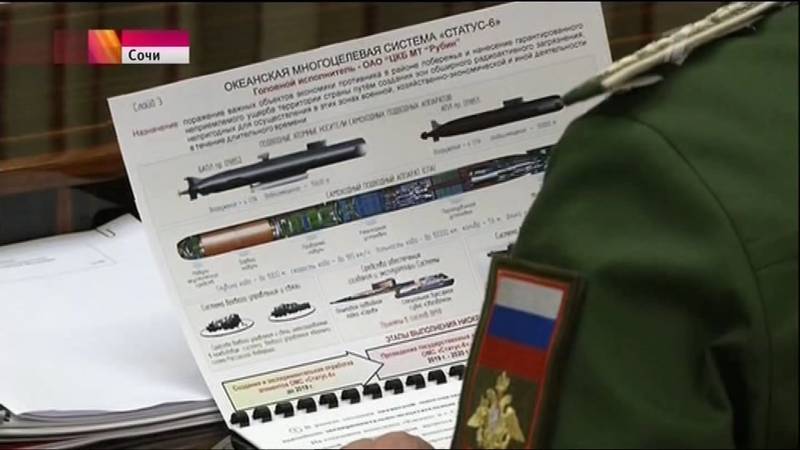
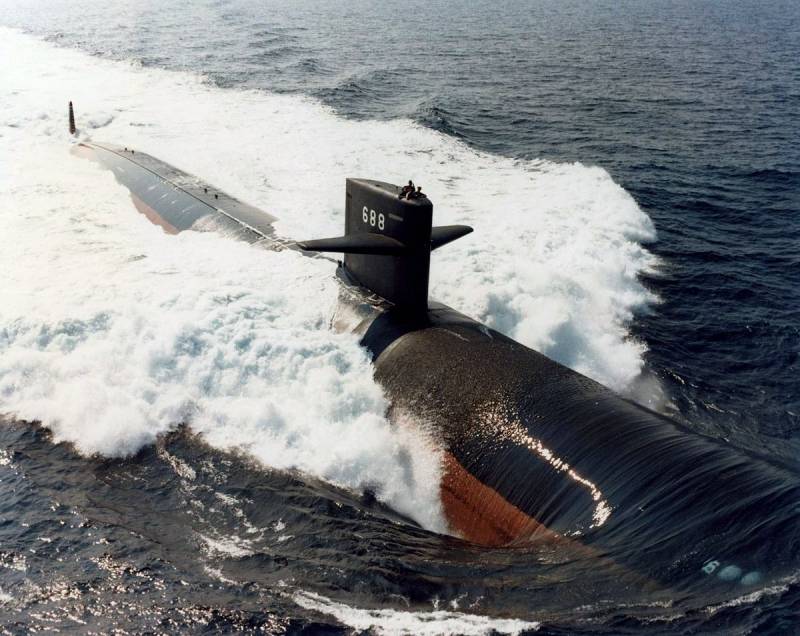

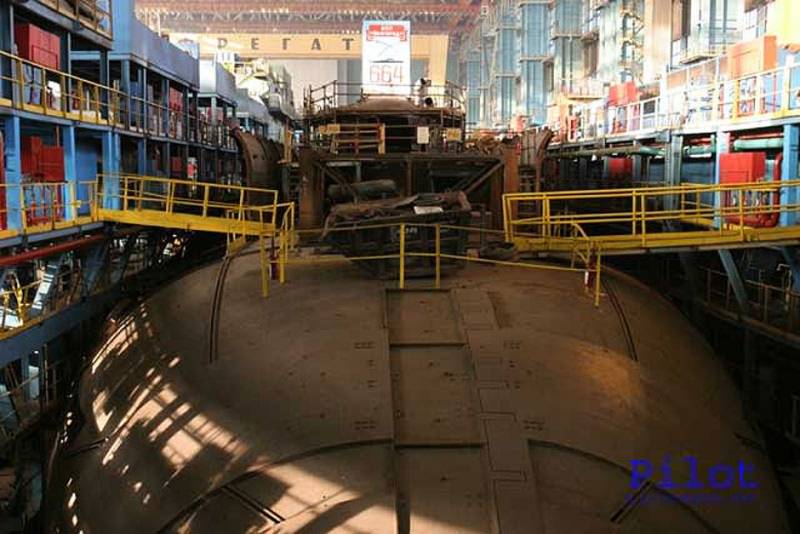
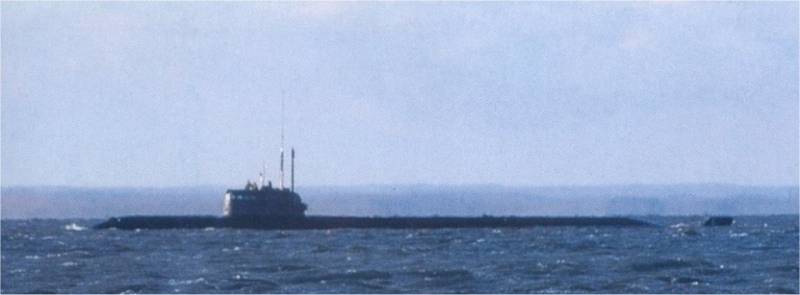
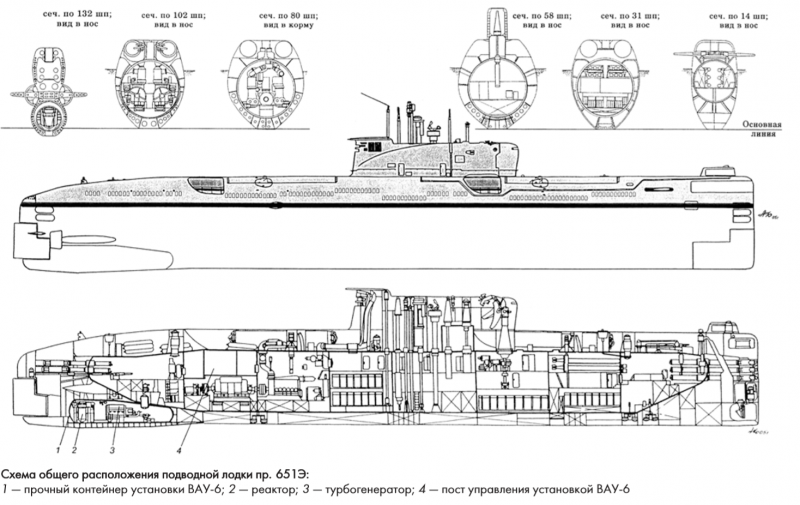
Information